*TW: Suicide is discussed in this piece. Please do not read if this is triggering to you. An alias (Anna) has been used to protect the identity of the caller in this anecdote. The views in this piece do not necessarily represent the views of the California Coalition for Youth or the California Youth Crisis Line.*
Last September, a call to a stranger saved my life and inspired me to save others’ lives. It was National Suicide Prevention Month-less than two months after the National Suicide Prevention Lifeline (988) was implemented.
Over a year later, over half of states have integrated 988 into state support measures. Still, advocates and frontline responders like myself are calling for much more work to be done.
Everyone knows 911, now they must know 988.
Accessibility gaps to mental health support, especially during mental health crises, are increasing among youth and the spaces they go to.
In California, AB- 988 will fund and “develop a plan for the statewide coordination of 988, 911, and behavioral health crisis services,” by June 30, 2024. The full 988 system will take effect on Jan. 1, 2030.
Will this happen fast enough for youth like myself? Last year, I wrote a poem for the Gazette on what it means to ask for help for your mental health in the Asian American community. Conversations about mental health, which are already stigmatized by communities of color, occur far less frequently than needed.
Last year I wrote that suicide was the leading cause of death for my demographic- Asian American females aged 15-24. A year later, this has not changed.
I still felt faceless when I called, telling myself if I couldn’t talk to the adults in my life, at least a stranger would not judge me.
I was thankful when the voice of a middle-aged woman answered.
She began with a three-word question. “Are you suicidal?”
I sat there for a minute, shaking in silence. Was I? Was that ok? What did that even mean?
Then she said, “Well, are you? We’re very busy tonight and there are other people that are actively suicidal.”
She instructed me to write down the number of a warmline, a place where people can call anonymously for confidential mental health support. I smudged the number onto the back of my left hand.
*A warmline is similar to a crisis line- a place where people can call anonymously for confidential mental health support. The only difference is that crisis lines prioritize mental health crises: on a warmline, it’s a conversation you might have day to day. *
When she disconnected, I left the phone pulsing.
I was in the safest space I’d ever known. I had all the education. I asked difficult questions myself as a student journalist and I learned about mental health and mental illness in AP Psychology. Yet, when I needed answers, I’d come up with nothing. This was a stranger-a faceless human I could have readily exchanged for any adult in my life.
The research highlights this reality, but it doesn’t qualify the lived experience I, among many other youth, share. There are unsaid social rules about what to share and what not to share; oftentimes, mental health issues are in the latter category-even and perhaps especially with strangers.
The anniversary of my call was Sept. 8.
The setting is nearly identical. Most of my shifts are spent in my closet, lights off and with the speaker on. The caller’s voice fills the entire space as I sit huddled, sometimes just listening, other times connecting them to resources I’ve found. Sometimes these resources are for shelters, other times for counseling or hotlines (RAINN is one my most common referrals) with specially trained counselors to support sexual assault survivors.
The call that stands out most to me came as this month approached. It’s been nearly a month since then, but I remember the fear, anger and desperation in the caller’s voice. Anna was back home after a trip to the emergency room and at home now. She told me a complicated history with family had made what should have been a safe space scary. Anna was a frequent caller and now her calls are increasing in frequency. In my four-hour shift, I, along with another counselor, answered nearly a dozen chats and calls from her. Clearly, something was very wrong.
My body remembers better than I do what it felt like that September night when I called myself and it remembers those August calls with Anna too. I am curled over my phone on the floor, box-breathing with her through multiple panic attacks and abuse flashbacks. In the periods when Anna disconnects, I box-breathe myself and outline safety plan procedures with the lead counselor.
When Anna calls again, I remind her we just talked, and we continue walking through a safety plan that includes a conversation with her parents about removing potentially lethal measures from access she’s not sure she can stay safe from.
Once Anna and her parents assure me the measures have been removed, we continue to talk. Throughout, I tell Anna how proud I am of her. I remind her of her journey from when she first contacted the line months ago. I remind her that I’ll still be here whenever she calls this line, someone will be here.
I can’t tell Anna that I’m in high school just like she is. We do talk about music, our interest in medicine, and common coping mechanisms for stressful conversations with family and friends. I reflect on my first chat with her, where I quipped an apology for the lack of emotional range the emojis I sent conveyed. She told me she was laughing at me.
We disconnect.
I get another call- Anna’s now on the road with the intention of killing themselves. As I hear the time updates trickle down-10 minutes away, 5 minutes away from the site.
I hear cars and sirens. I hear raised voices exchanged between Anna and her family who she says are following her. Later, she passes the phone so I can speak to one of the officers present. I tell the officer of the safety plan Anna agreed upon with her parents, but also my worry about the frequent changes in her behavior. The officer eventually leaves.
I’m still on the line. Then Anna tells me she’s on a scooter only a few minutes away from the site.
I keep her talking by continuing to ask questions about where she’s at and what’s going through their head. Just like her, the fear in my voice is palpable. Since I received the first call on the road, the lead counselor has had the details to mobilize a mental health crisis team on-site.
When we disconnected, Anna was back with their family after agreeing to call a family member to come pick them up. I walked her through making the call and she promised to contact the line immediately after.
I took a break after to decompress. When the last counselor disconnected with Anna, I was now the one communicating behind the scenes.
My shirt was soaked in sweat, my legs leaden. Yet, I’ve never been prouder of myself than that moment.
I will always remember how it felt to be a caller. This is why I applied for the California Youth Crisis Line last August. Before I ever took a call, I received over 50 hours in training, including becoming certified in Youth Mental Health First Aid and shadowing senior crisis counselors.
As of this September, I am one of the youngest crisis counselors on the line.
I am proud to answer as a youth. So many times, I feel I am having conversations with friends, family or myself. I reflect these experiences, these feelings in my responses. This is what it means to be 17 and on the crisis line.
I see the calls and chats I answer as opportunities to connect. There is a slogan for a mental health advocacy club/organization I began with two seniors for “Mind Matters” that reads- “the best education is through education.”
These words couldn’t be more true.
These resources aren’t obscure, but I’ve found the handoff makes all the difference. I apply the reflective listening skills and centering that I’ve learned in (one of three) CTE Mental and Behavioral Health classes in the state. I trust my years of research and ability to adapt as a student journalist-emotional interviews and tense breaking news.
Still, I can’t say I have more answers than questions. I am asked by others questions about a safe space that has been stigmatized- how often do I “dispatch” people to emergency medical services or law enforcement? Do I get calls about social media and TikTok?
In the eight months I’ve been taking calls on the California Youth Crisis Line, I’ve talked to law enforcement, parents and youth alike. These situations are rare, but the questions and conversations that surround them make them seem like the norm. 988’s Lifeline statistic breakdown shows the impact of early crisis intervention.
I’ve spoken and performed slam poetry at numerous mental health panels. I am the “youth perspective” that advocates say we must include. Really though, I’m just me – a rambling teen at times, an enthusiastic student journalist with conversations to fill a closet in over 16 lifetimes in others. I hear often- “from a youth perspective, what do teens want?”
I’m just one teen. Yet, in many conversations spent on and off the line, I always answer with more “conversation.” The lack of empathy I received when I called the crisis line myself is not and never ok
I’m not angry anymore with what happened. If anything, I am grateful for how the experience shaped me to do better myself as a youth crisis counselor on a crisis line for youth.
I’ve learned more than anything that it doesn’t matter why someone calls. It matters more how someone answers. The crises I receive could and should have been intercepted through a conversation that didn’t happen. The calls I receive from youths processing academic stress or struggling with friendships may not inherently be mental health crises, but if these “smaller” conversations are ignored, they could spiral.
There is also a greater need for more cultural competency amongst the existing therapist base. Most important is the question of how we can strengthen the pipeline from empowering diverse youth mental health advocates to diverse providers. I’m proud to be a part of a community of crisis counselors that prioritizes diversity, including diversity in age.
Research trends show peer-support crisis connections are important first steps that encourage contacts to seek long-term formal mental health support. Still, many articles emphasize the need for more research and arguably, research that focuses on the impact of youth peer-to-peer crisis support.
Youth-driven mental health support lines are also on the rise: the National Alliance on Mental Illness (NAMI) launched their Teen and Young Adult Help Line during Mental Illness Awareness Week in the first week of October.
As we say on the crisis line, the caller defines the crisis, not the counselor. What may seem like a crisis to the caller may not to the counselor and the opposite holds true. I’ve found in my own mental health story and in the stories I hear on the crisis line that it’s easy to connect with another youth as a youth.
I hope the need decreases for crisis counselors, but more youth are empowered with the education necessary to take those calls. This can look like mental and behavioral health classes like “Mind Matters,” and candid conversations on community and campus culture as I experienced attending “Breaking Down the Walls.“
So it’s been another September since I transitioned from calling to answering. There’s still much work to be done for both ends of the line, but many more conversations must first happen before they reach crisis points.
If you are experiencing a mental health crisis, you can reach out to the 988 Suicide and Crisis Lifeline and the California Youth Crisis Line through text or call. You can reach out to the Substance Abuse and Mental Health Services Administration (SAMHSA) National Helpline for information on mental health treatment. If you are looking for more mental health-related resources for yourself, a family, or a friend, you can look through the National Alliance on Mental Illness (NAMI) Teen and Young Adult Helpline’s Resource Directory.



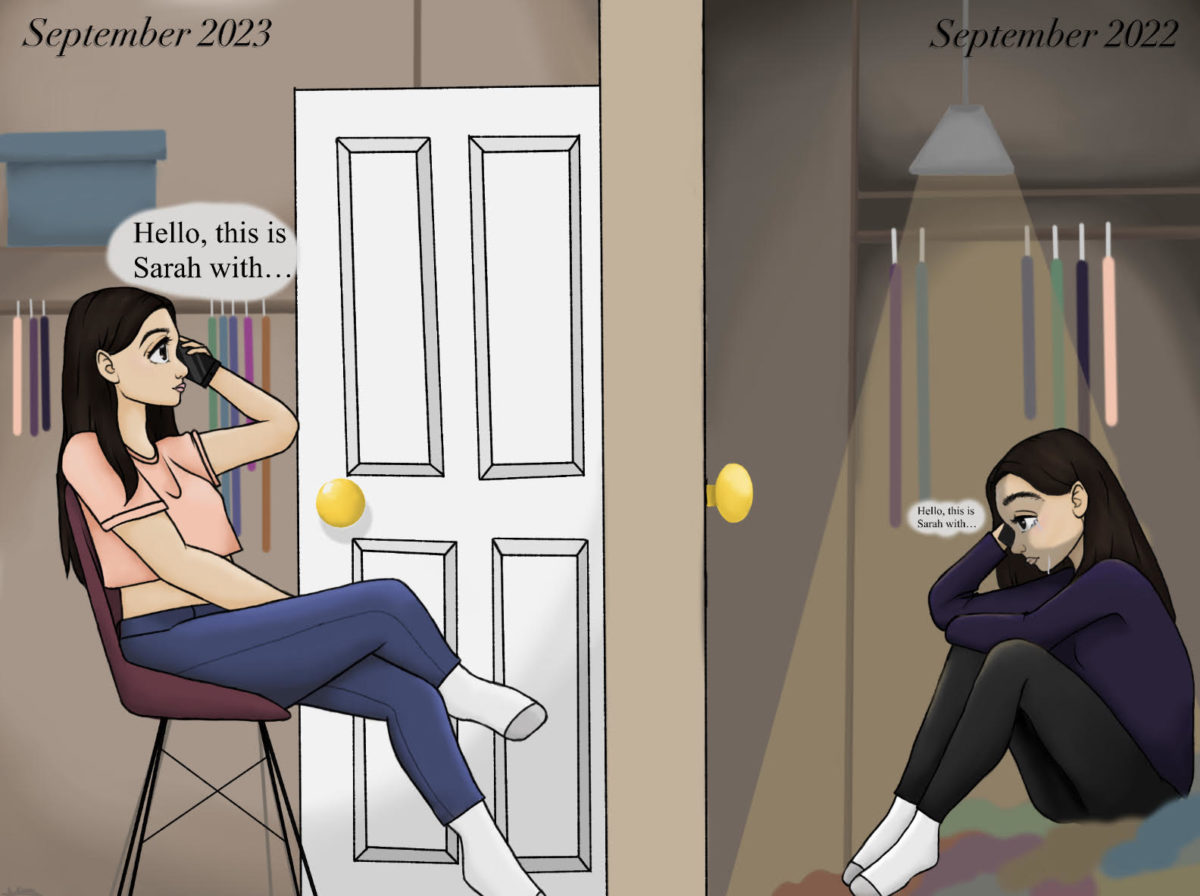
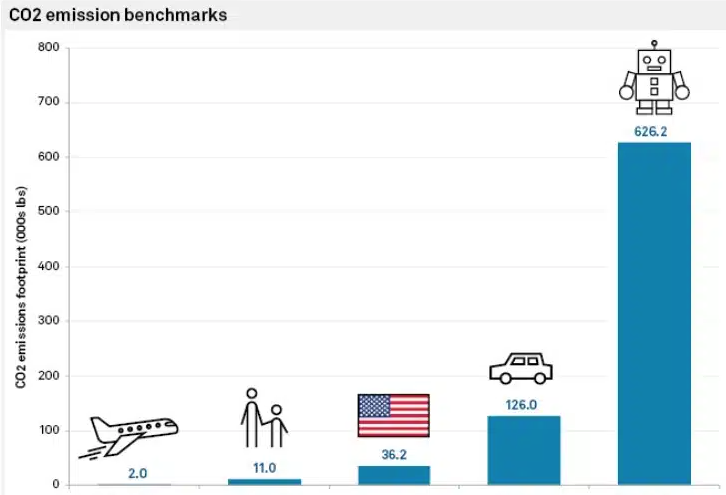
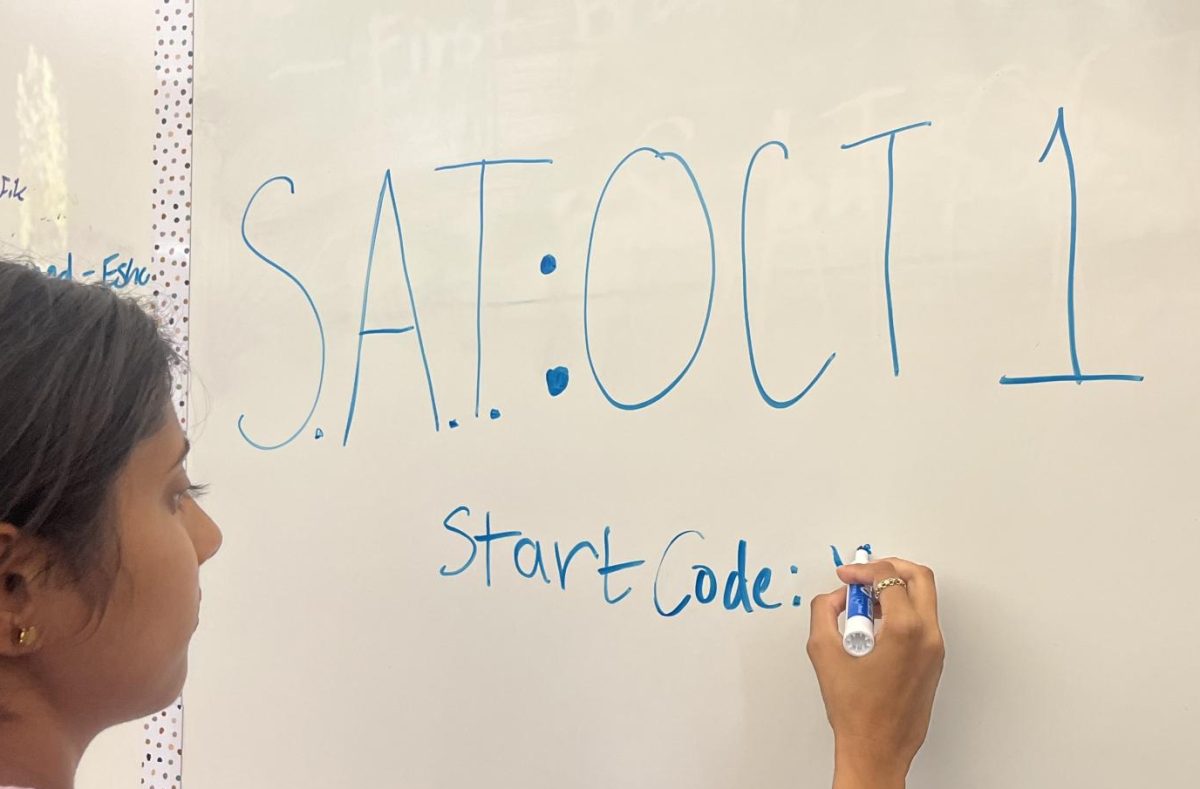
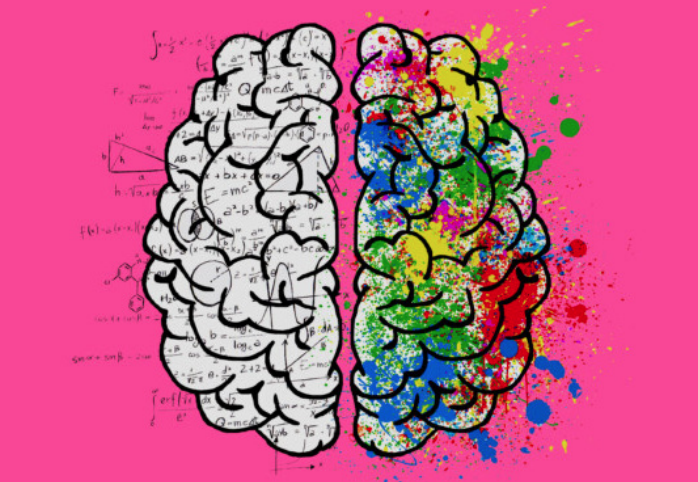

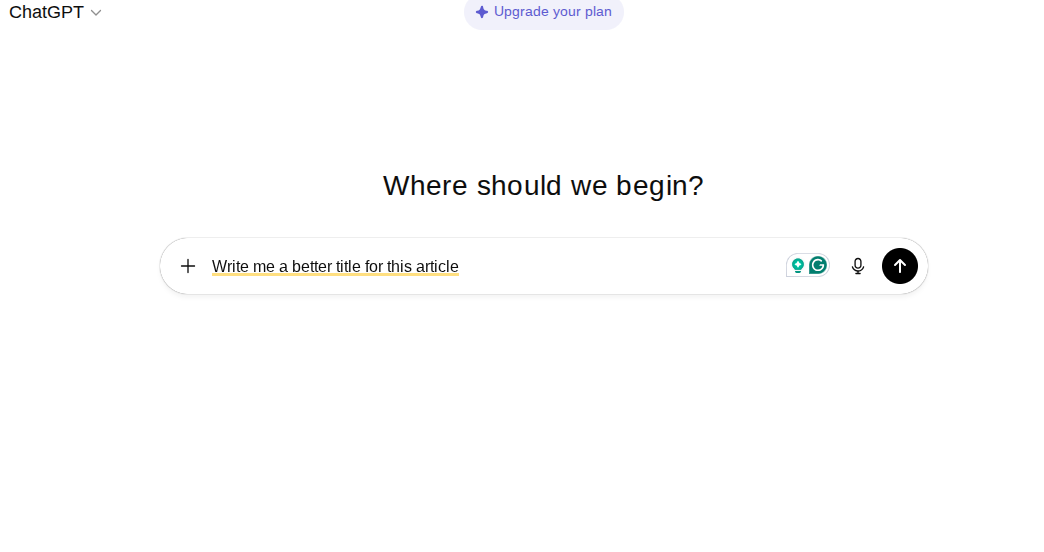
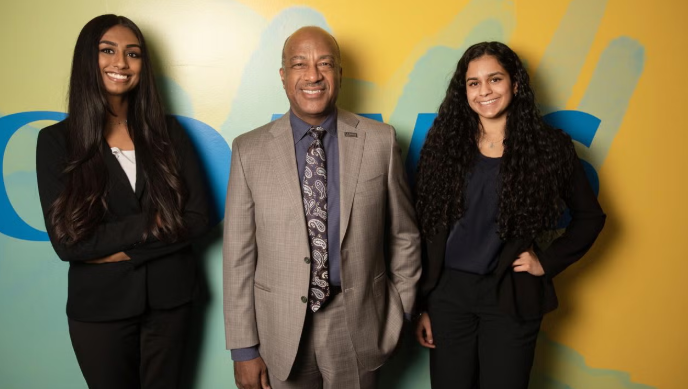

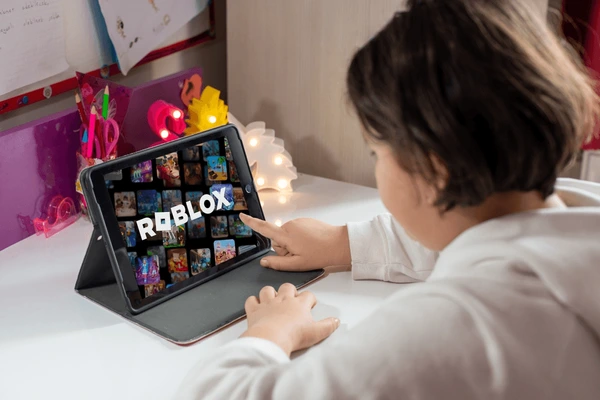
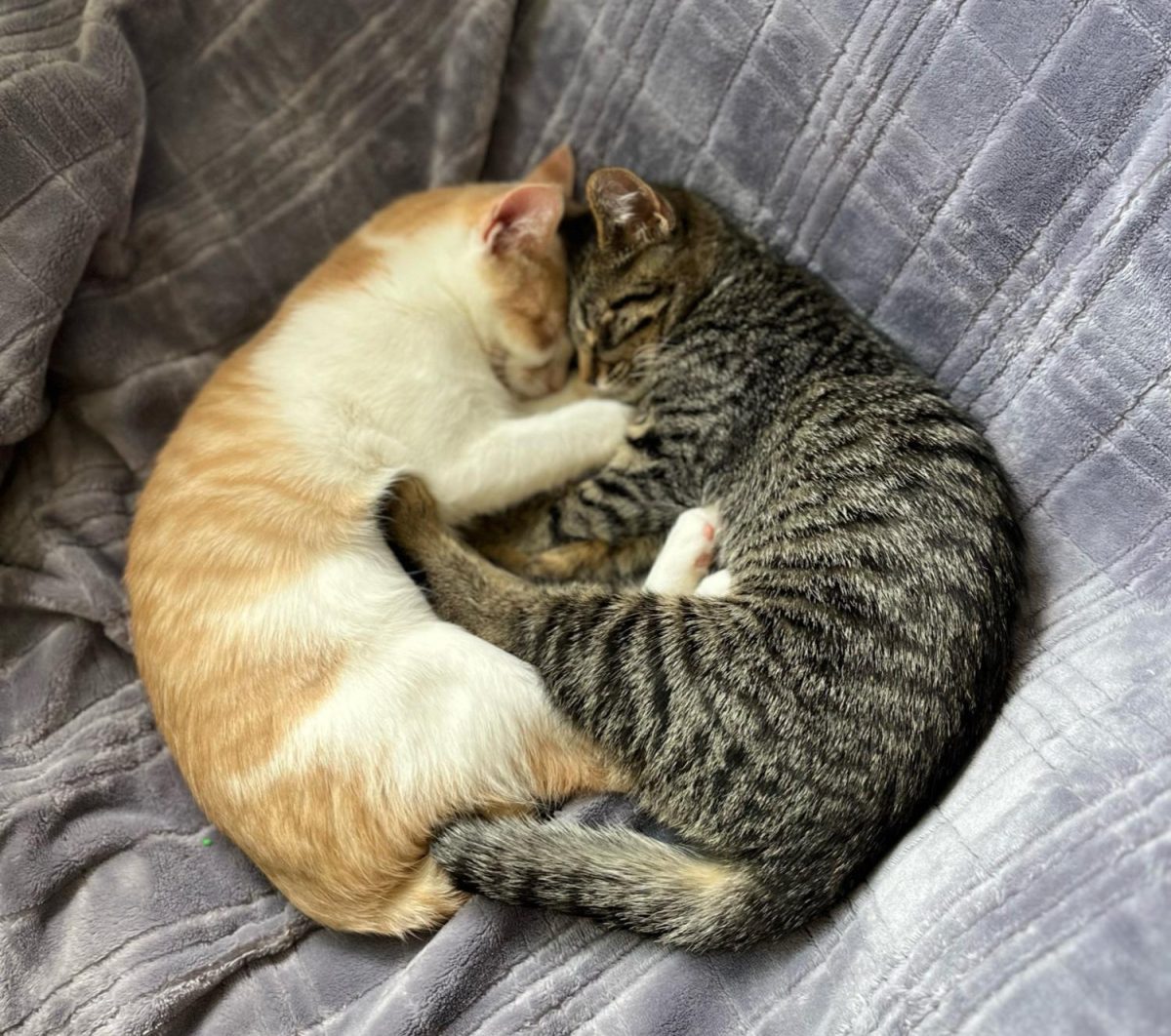
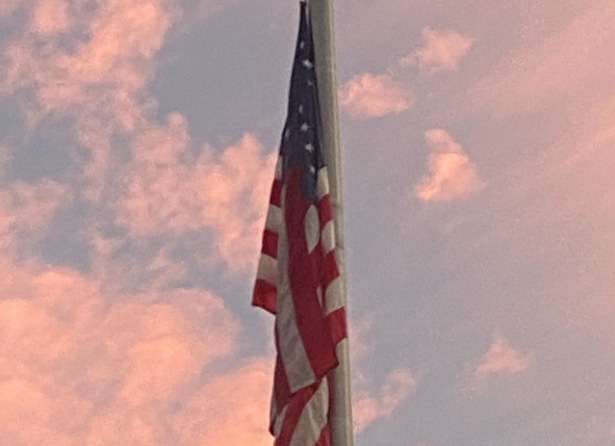
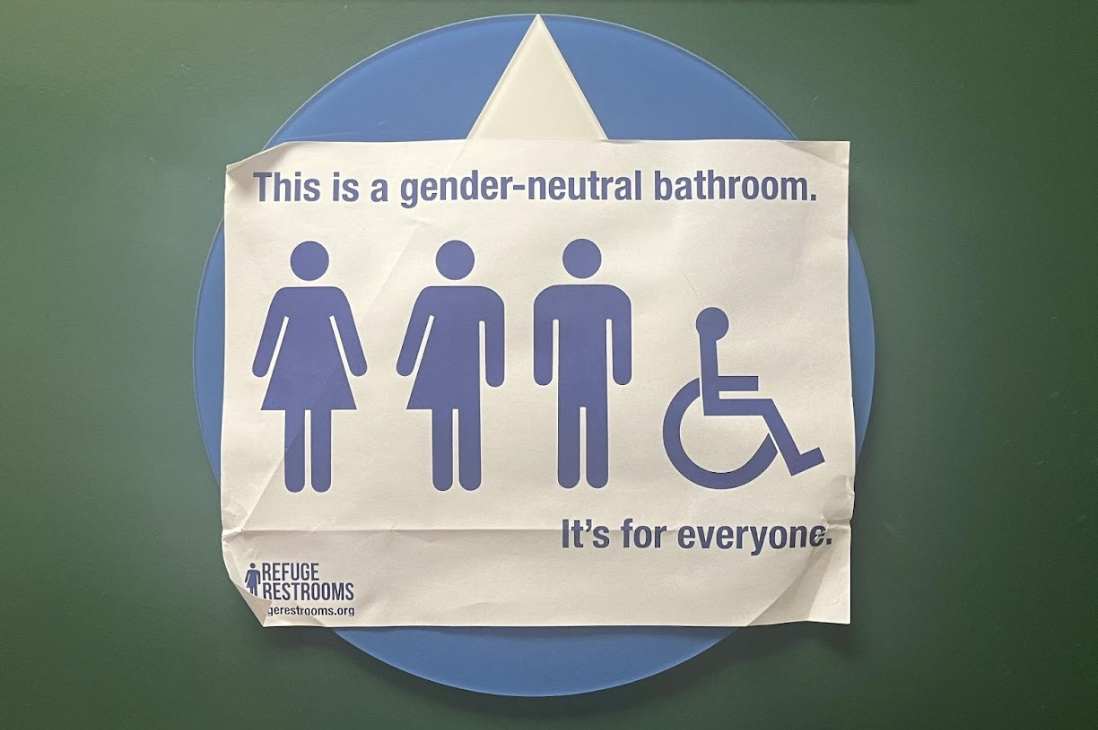

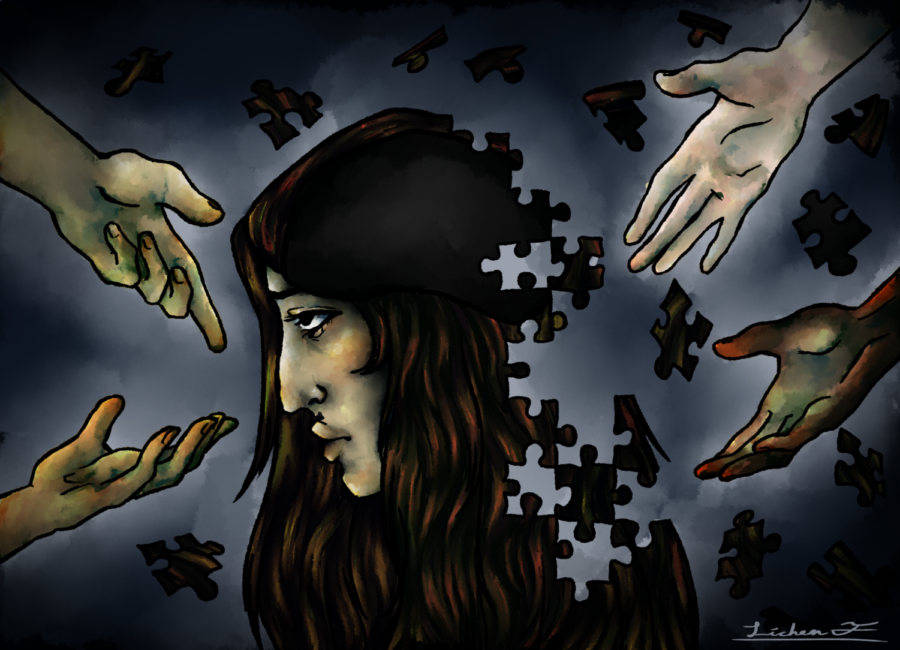
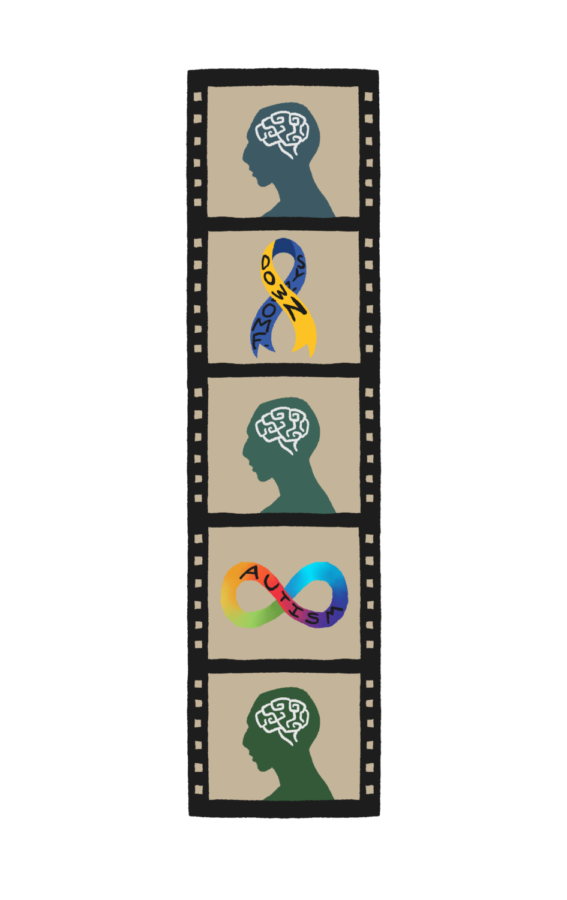
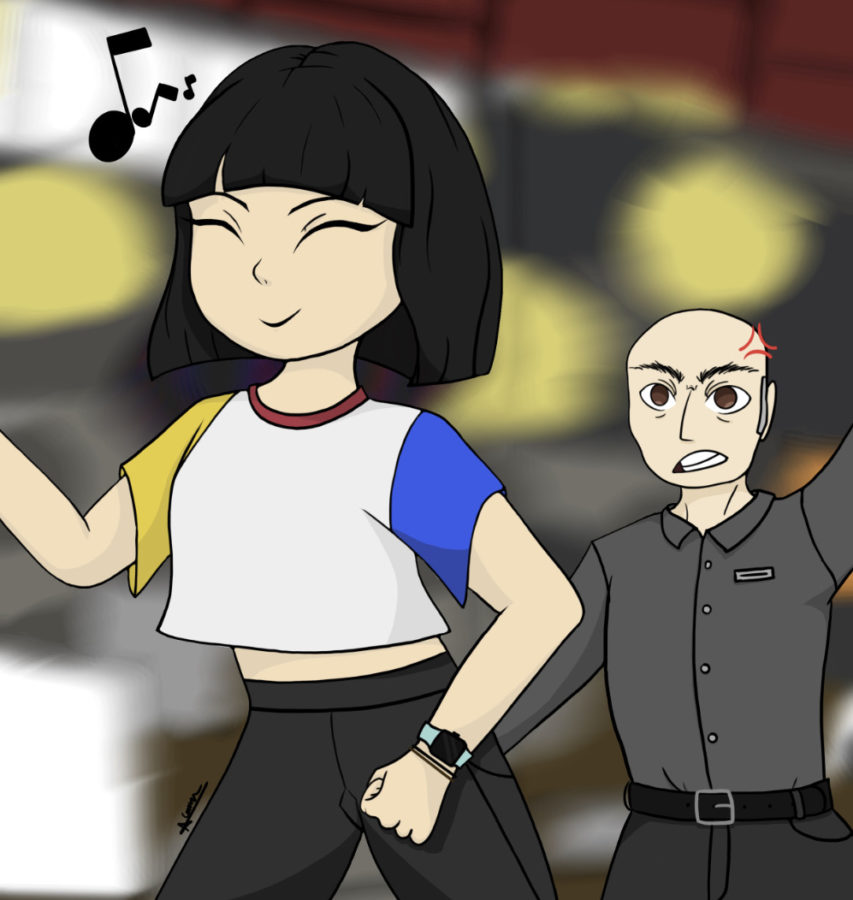



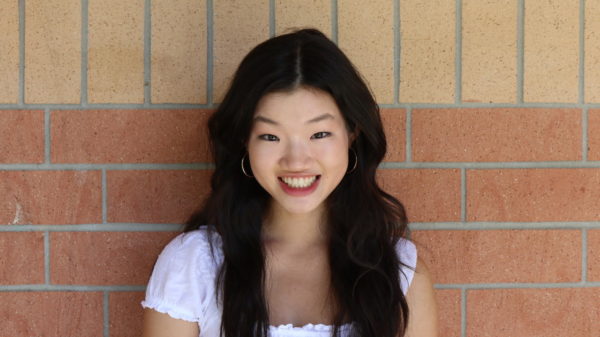

Aiden • Dec 4, 2023 at 8:43 pm
Hi Sarah,
I really liked your article and your analogy about what one goes through when they access these hotlines. I especially like your analysis on how teens can help others in need. As high school students, I think we have the highest ability to feel empathy for others, especially when they are feeling certain emotions: Stress, Lack of Self-Esteem, etc. If there is anything I can do to help you or those in need, feel free to reach out. Thanks!